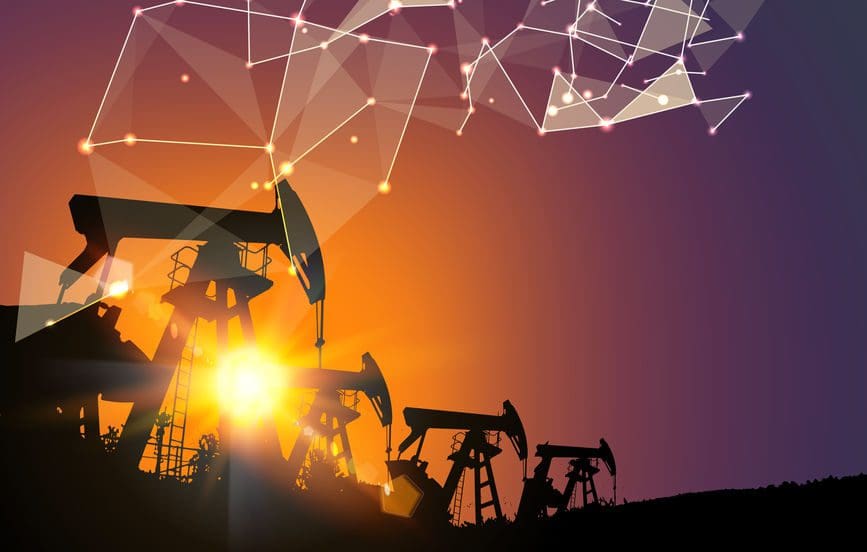The size of the Digital Oilfield Market was registered at USD 24 billion in the year 2018 and is anticipated to cross USD 39 billion by 2025. Between the period 2019 -2025, the Digital Oilfield Market is expected to register a CAGR of 7%.
Global economies and infrastructure development heavily rely on products based on petroleum, driving intensive exploration and production activities and rendering a positive impact over digital oilfield market trends. This is supported by major technology development such as data analytics, sensing, connectivity and automation that have led to an increasing digitalization of oil and gas operations worldwide.
Digital oilfield is a concept that combines the business process management with various digital technologies that automate workflow for reducing costs, lowering the total risks that are related to the oil and gas operations and maximizing the overall productivity. It essentially aims to enhance the sector by converging operational technology with information technology, particularly in an environment that can lower oil prices.
It has been projected that the global digital oilfield industry size will reach over $39 billion in valuation by 2025, with considerable deployment across both onshore and offshore activities. The digitalization of oil fields will witness major business transformation due to the burgeoning use of the Internet of Things (IoT) across the industry.
The advanced technology will accelerate business operations and ensure a faster production delivery, prompting the growth in digital oilfield adoption. It is estimated that the global impact that the IoT technologies shall render will be valued at $2.7 trillion to 14.4 trillion in terms of value by the year 2025, as it will bring both unparalleled opportunities and new risks for businesses.
Oil producers have been investing in futuristic tech as they have begun deploying drones to be able to keep a check of the higher floating rigs. These firms have also been aiming to use mini-submarines by replacing divers. For instance, BP aimed to roll out magnetic crawlers following the completion of the thunder horse platform. Magnetic crawlers are capable of moving across pipelines, rigs and platforms by utilizing high definition and ultrasonic test devices as well as cameras.
British oil major BP had inked deals a few years ago for deploying digital oilfields for its oil and gas operations. The company had estimated that the technology will help increase its global production by 100,000 bbls/d up to 2017, as well as support the addition of about one billion barrels of reserves.
It has conducted studies at the global production sites to maximize productivity and is deploying sensors at every well of the U.S. shale plays. BP also collaborated with technology providers in Silicon Valley to enhance the software solution development for its digital oilfield.






